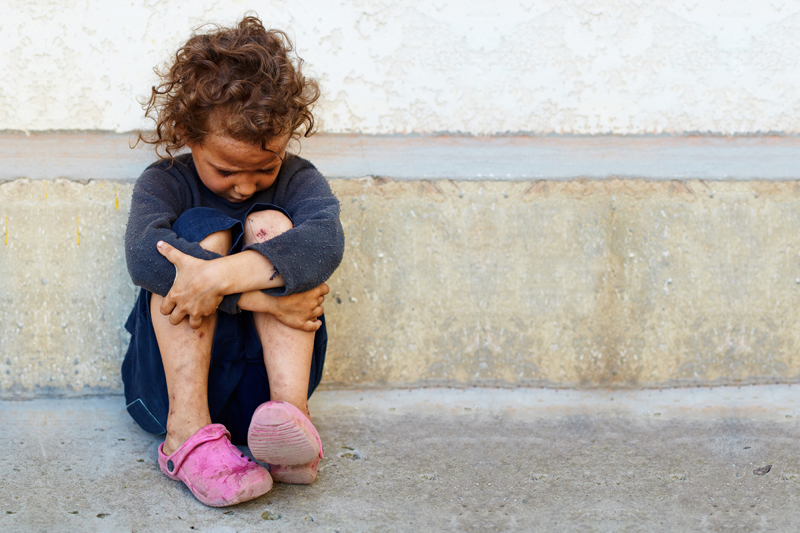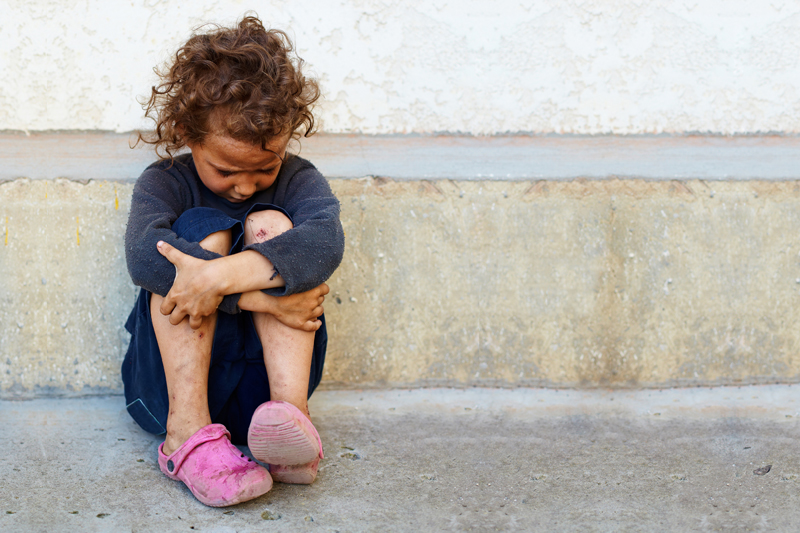Avoiding Lures From Strangers

As parents, we cannot let our guard down knowing one of the dangers our children face daily is how to handle strangers. As a grownup, we realize not all strangers are bad people, child abductors, or child predators. After all, we are strangers to someone’s child and we are not a bad person or a child predator. Yet, children are not capable of deciding who is a good grownup or stranger and who is not a good grownup or stranger. This is why as parent’s we need to teach our children some basic safety rules when it comes to certain situations, especially when it comes to how to deal with a stranger.
The first rule of thumb to remember is when a child is alone all adults who approach the child is a stranger and represents danger. Teach a child when a stranger approaches the child who is alone for the child to turn and walk away and never talk to a stranger. By not talking to a stranger the opportunity for the stranger to use a lure is avoided.
A lure are words that strangers use in an attempt to attract a child’s attention and trust by making a promise or offering the child something. This reward entices a child to go with him or to do what they ask. Teach children to quickly turn, running in the opposite direction, away from the stranger. This will catch the stranger off guard, and by running away from the stranger, a child does not give the stranger an opportunity to grab the child, or abduct the child.
If a stranger drives up in a car, to ask a child for directions, teach children this is a red warning flag. Initially a child may think it is cool that an adult wants a child’s help, yet the truth is adults should only ask adults for help. An adult asking a child for help is another form of a lure. The lure is to get the child close enough to the car to pull the child into the car, abducting the child. When a person in a car asks a child a question, teach the child not to answer, turning quickly in the opposite direction the car faces, and to run like the wind.
You may wonder why we teach a child to run in the opposite direction the car is driving. This is so the car will have to turn around in order to follow the child, and that takes time, and that alerts a child that he or she is being followed. It also gives the child a valuable head start. The next lesson to teach a child who is being followed is to drop all his or her belongings in order to run faster.
As parents, we try to teach children to take care of and value their belongings, often becoming disappointed when he or she loses something important or expensive. What we need to teach them is that if a situation arises and they are in fear of their personal safety, they need to drop everything and run like the wind to a safe place. A safe place would be to find the nearest home, store or back to school to find help.
Children need to understand by dropping their backpack and books they can run faster, and get away from danger. Tell them they will not get in trouble for dropping everything. A child is more valuable than any backpack or any schoolbook. Children are priceless. Teach children to drop everything, run like the wind and to come home safely to you no matter what it takes.
The first rule of thumb to remember is when a child is alone all adults who approach the child is a stranger and represents danger. Teach a child when a stranger approaches the child who is alone for the child to turn and walk away and never talk to a stranger. By not talking to a stranger the opportunity for the stranger to use a lure is avoided.
A lure are words that strangers use in an attempt to attract a child’s attention and trust by making a promise or offering the child something. This reward entices a child to go with him or to do what they ask. Teach children to quickly turn, running in the opposite direction, away from the stranger. This will catch the stranger off guard, and by running away from the stranger, a child does not give the stranger an opportunity to grab the child, or abduct the child.
If a stranger drives up in a car, to ask a child for directions, teach children this is a red warning flag. Initially a child may think it is cool that an adult wants a child’s help, yet the truth is adults should only ask adults for help. An adult asking a child for help is another form of a lure. The lure is to get the child close enough to the car to pull the child into the car, abducting the child. When a person in a car asks a child a question, teach the child not to answer, turning quickly in the opposite direction the car faces, and to run like the wind.
You may wonder why we teach a child to run in the opposite direction the car is driving. This is so the car will have to turn around in order to follow the child, and that takes time, and that alerts a child that he or she is being followed. It also gives the child a valuable head start. The next lesson to teach a child who is being followed is to drop all his or her belongings in order to run faster.
As parents, we try to teach children to take care of and value their belongings, often becoming disappointed when he or she loses something important or expensive. What we need to teach them is that if a situation arises and they are in fear of their personal safety, they need to drop everything and run like the wind to a safe place. A safe place would be to find the nearest home, store or back to school to find help.
Children need to understand by dropping their backpack and books they can run faster, and get away from danger. Tell them they will not get in trouble for dropping everything. A child is more valuable than any backpack or any schoolbook. Children are priceless. Teach children to drop everything, run like the wind and to come home safely to you no matter what it takes.

Related Articles
Editor's Picks Articles
Top Ten Articles
Previous Features
Site Map
Content copyright © 2023 by Erika Lyn Smith. All rights reserved.
This content was written by Erika Lyn Smith. If you wish to use this content in any manner, you need written permission. Contact Erika Lyn Smith for details.



